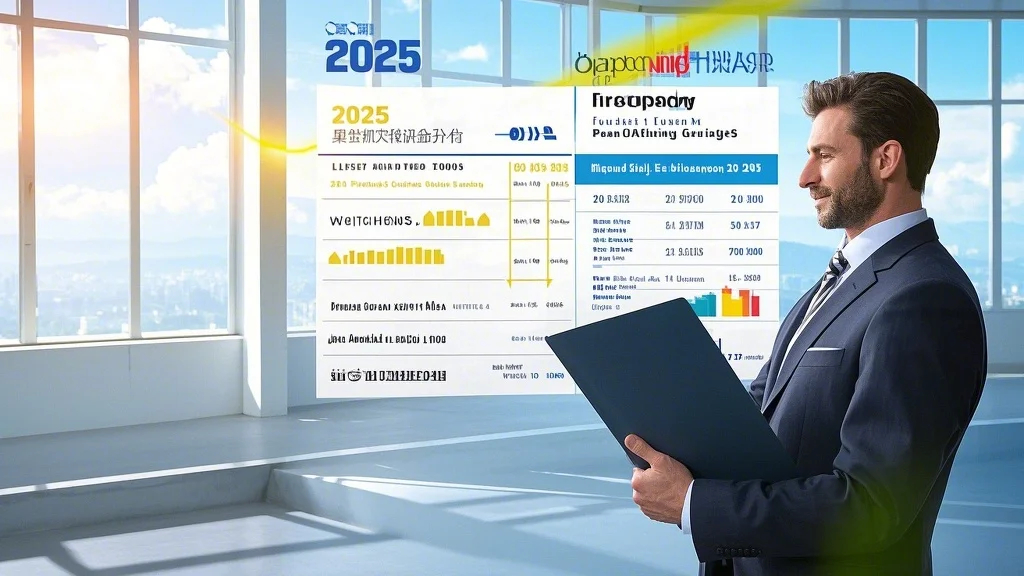Growth-Oriented Mutual Funds for 2025
As we approach 2025, several growth mutual funds stand out as compelling best mutual funds 2025 candidates for investors seeking capital appreciation. Funds focusing on innovative technologies like artificial intelligence, clean energy, and biotechnology are particularly well-positioned to capitalize on long-term secular trends. The T. Rowe Price Blue Chip Growth Fund (TRBCX) and Fidelity Contrafund (FCNTX) have consistently demonstrated their ability to identify tomorrow’s market leaders today. These funds represent excellent investment options for 2025 for those with moderate to high risk tolerance and investment horizons of five years or more.
What makes these growth funds particularly attractive among high-return mutual funds is their experienced management teams and disciplined stock selection processes. Rather than chasing fleeting market trends, they invest in companies with sustainable competitive advantages, strong balance sheets, and robust growth potential. When considering these funds for portfolio diversification, it’s important to remember that they should typically comprise only a portion of your overall equity allocation – their higher volatility makes them unsuitable as standalone investments for most investors. A balanced approach might allocate 30-50% of one’s equity position to such growth funds, with the remainder in value and blend funds to mitigate risk.
Index Funds: The Core of a Smart Portfolio
For investors seeking broad market exposure with low costs, index funds remain among the best mutual funds 2025 options available. Vanguard’s Total Stock Market Index Fund (VTSAX) and Fidelity’s 500 Index Fund (FXAIX) provide instant diversification across hundreds of companies at expense ratios below 0.05%. These funds form the foundation of many successful fund management strategies because they consistently outperform the majority of actively managed funds over long periods. Their passive approach eliminates manager risk and ensures investors capture the full return of the market segments they track.
When evaluating index funds as investment options for 2025, consider complementing domestic equity exposure with international and sector-specific index funds. The Vanguard Total International Stock Index Fund (VTIAX) provides exposure to developed and emerging markets outside the U.S., while sector funds like the Technology Select Sector SPDR Fund (XLK) allow targeted bets on high-growth industries. These index products can be powerful tools for portfolio diversification when used strategically. Their low turnover also makes them highly tax-efficient, an important consideration for investors holding funds in taxable accounts.

Dividend Growth Funds for Steady Income
In an environment where interest rates may remain elevated, dividend growth funds emerge as attractive best mutual funds 2025 candidates for income-oriented investors. Funds like Vanguard Dividend Growth (VDIGX) and Schwab Dividend Equity (SWDSX) focus on companies with long histories of increasing dividend payouts. These funds represent prudent investment options for 2025 because they combine income generation with the potential for capital appreciation – a rare dual benefit in today’s market environment. Their focus on financially stable companies also provides some downside protection during market turbulence.
What sets these apart from ordinary income funds is their strict quality screens and emphasis on dividend growth rather than just high current yield. This approach makes them particularly valuable for portfolio diversification because the companies they hold tend to be less volatile than the broader market while still participating in upswings. When implementing fund management strategies for retirement accounts, dividend growth funds can serve as a core holding that generates increasing income over time. Their focus on companies with strong cash flows and disciplined capital allocation often leads to better risk-adjusted returns than the broader market over full market cycles.
International and Emerging Market Opportunities
With many non-U.S. markets trading at significant discounts to American equities, international funds deserve consideration among the best mutual funds 2025. The Oakmark International Fund (OAKIX) and Dodge & Cox International Stock Fund (DODFX) have demonstrated their ability to uncover undervalued companies abroad. These funds represent compelling high-return mutual funds opportunities because they invest in quality businesses at prices well below their intrinsic value. Their contrarian approach often leads to strong performance when market sentiment eventually shifts.
For investors comfortable with higher volatility, emerging market funds like the Templeton Emerging Markets Fund (TEMMX) offer access to faster-growing economies. When incorporating these funds into fund management strategies, it’s wise to limit allocations to 10-20% of one’s total equity exposure due to their higher risk profile. The potential rewards can be substantial, however, as emerging markets currently trade at their largest valuation discount to U.S. stocks in over 20 years. Currency fluctuations add another layer of complexity – and potential upside – to these international investment options for 2025.
Balanced and Target Date Funds for Hands-Off Investors
For investors seeking a complete portfolio solution, balanced funds like the Vanguard Wellington Fund (VWELX) or target date funds offer among the best mutual funds 2025 options available. These all-in-one funds automatically maintain an appropriate mix of stocks and bonds, adjusting the allocation over time to become more conservative as the target date approaches. They embody sophisticated fund management strategies in a single package, making them ideal for investors who prefer not to actively manage their asset allocation.
What makes these funds particularly attractive as investment options for 2025 is their built-in rebalancing and risk management. During market downturns, they automatically shift more assets to stocks as prices fall, and during rallies they take profits by moving money into bonds. This disciplined approach to portfolio diversification helps investors avoid emotional decision-making that often undermines returns. While their expense ratios are slightly higher than pure index funds (typically 0.15-0.25%), the convenience and automatic asset allocation adjustments often justify the additional cost for busy investors.
Implementing Your 2025 Mutual Fund Strategy
Building a portfolio with the best mutual funds 2025 requires matching fund selections to your specific financial goals and risk tolerance. A common approach involves creating a “core and satellite” portfolio, with index funds forming the core (60-70% of assets) and actively managed funds or sector funds as smaller satellite positions. This hybrid strategy combines the low-cost reliability of indexing with the potential outperformance of active management in specific areas. When evaluating high-return mutual funds, pay close attention to performance during market downturns as well as upswings – consistent risk-adjusted returns matter more than short-term outperformance.
Regular portfolio reviews should be part of any sound fund management strategies, but avoid the temptation to chase last year’s top performers. Instead, rebalance back to your target allocations annually to maintain proper portfolio diversification. As 2025 approaches, consider gradually shifting some growth fund allocations to more conservative options if you’re nearing retirement. For younger investors, maintaining exposure to high-potential investment options for 2025 like international and sector-specific funds can help capture growth opportunities while staying diversified across market segments and geographic regions.
